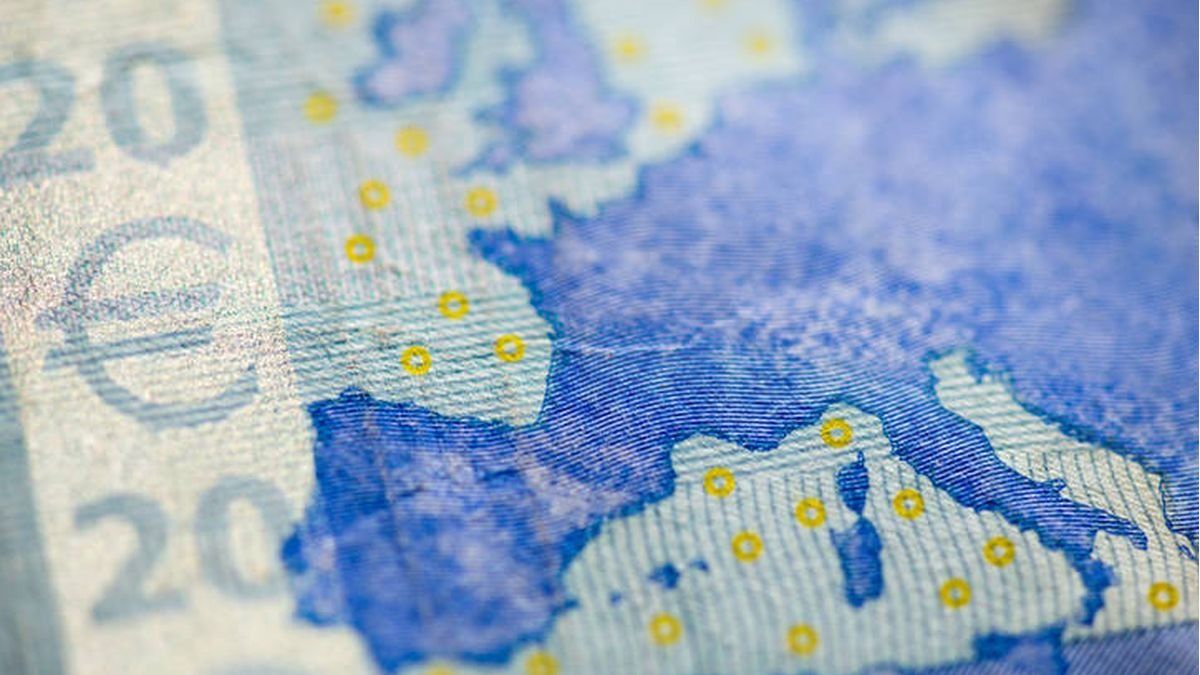The inflation in the eurozone It fell again in the month of March, remaining at 2.4%, which redoubles the pressure on the European Central Bank (ECB) to cut its interest rates soon.
According to the european agency According to Eurostat statistics, in March inflation experienced a decline of 0.2 percentage points compared to February, when it registered 2.6% year-on-year.
This drop of two tenths in March was greater than that projected by the consulting firm FactSet, which indicated a consensus of analysts on stable inflation at 2.6%, and by Bloomberg, which predicted a slight drop to 2.5%.
Inflation: the impact on each of the items
According to Eurostat, the food segmentwhich is measured together with tobacco and beverages, registered a increase of 2.7% year-on-year, clearly below the 3.9% it had shown in February.
The so-called core inflation -which excludes energy and food- also continued to decline and closed at 2.9%, against 3.1% in February and 3.3% in January.
The industrial goods, For their part, they showed an increase of 1.1% year-on-year at the end of March, against a level of 1.6% verified in February.
Meanwhile, the services They experienced an advance of 4.0%, the same level as November, December, January and February.
Inflation: country-by-country data
Among the main European economies, Germany It showed an interannual inflation of 2.3% in March, against a level of 2.7% in February.
In March, France registered a year-on-year inflation of 2.4%, in clear decline compared to February, when it was 3.2%. Italy, on the other hand, had inflation of 1.3% in March, but with a slight increase compared to 0.8% in February.
In Spain, meanwhile, the March inflation was 3.2%slightly above the eurozone average, and also with slight advance over the 2.9% measured by Eurostat in February.
This scenario reinforces the pressure on the European Central Bank (ECB) to begin the process of reducing its interest rates, which rose progressively during 2023 to contain inflation.
In October 2022, when the war in ukraine promoted a sudden rise in energy prices, inflation reached a ceiling of 10.6%.
How the inflation data puts pressure on the decision of the European Central Bank
This scenario reinforces pressure on the ECB to begin the process of interest rate cuts, although analysts agree that the bank is cautious before reducing rates.
“We believe that the ECB will start with rate cuts in June”said Rory Fennessy, an economist at consulting firm Oxford Economics.
Eurozone.jpg
This scenario reinforces the pressure on the ECB to begin the process of interest rate cuts,
Photo: ECB
“Although the Underlying inflation declined, the stubbornness of services inflation and the ECB’s desire for more wage data make a rate cut in April unlikely,” the expert added.
For Fennessy, the decline in March was due to the slowdown in prices of food and industrial goods, but the trend in the services segment has proven to be much more difficult to control.
For his part, Andrew Kenningham, economist at the consulting firm Capital Economics, agreed that the cuts would begin in June.
The March data, he noted, are “consistent with the ECB’s forecast” that headline inflation will be very close to the 2% target in the second half of this year and that core inflation will fall steadily.
For this reason, he added, “we expect the authorities to leave rates unchanged next week but begin to cut them in June.”
Source: Ambito




